The Diamond Yam: How, Where and When to Plant it? [Steps + Images]
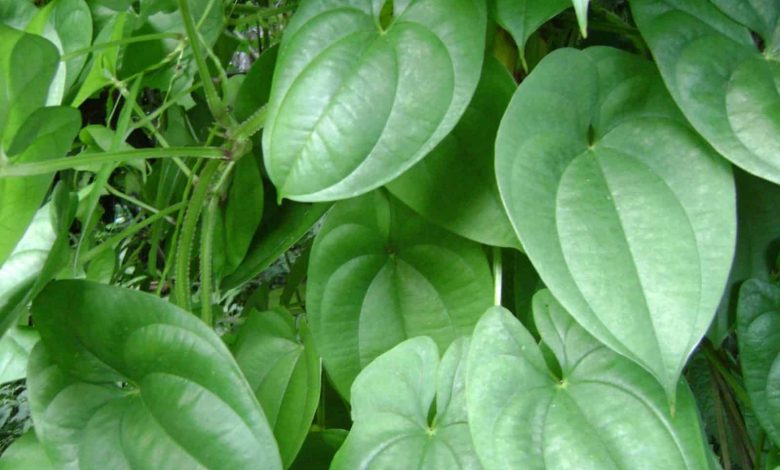
Important points for Planting Yam Diamente
- When? Between April and June.
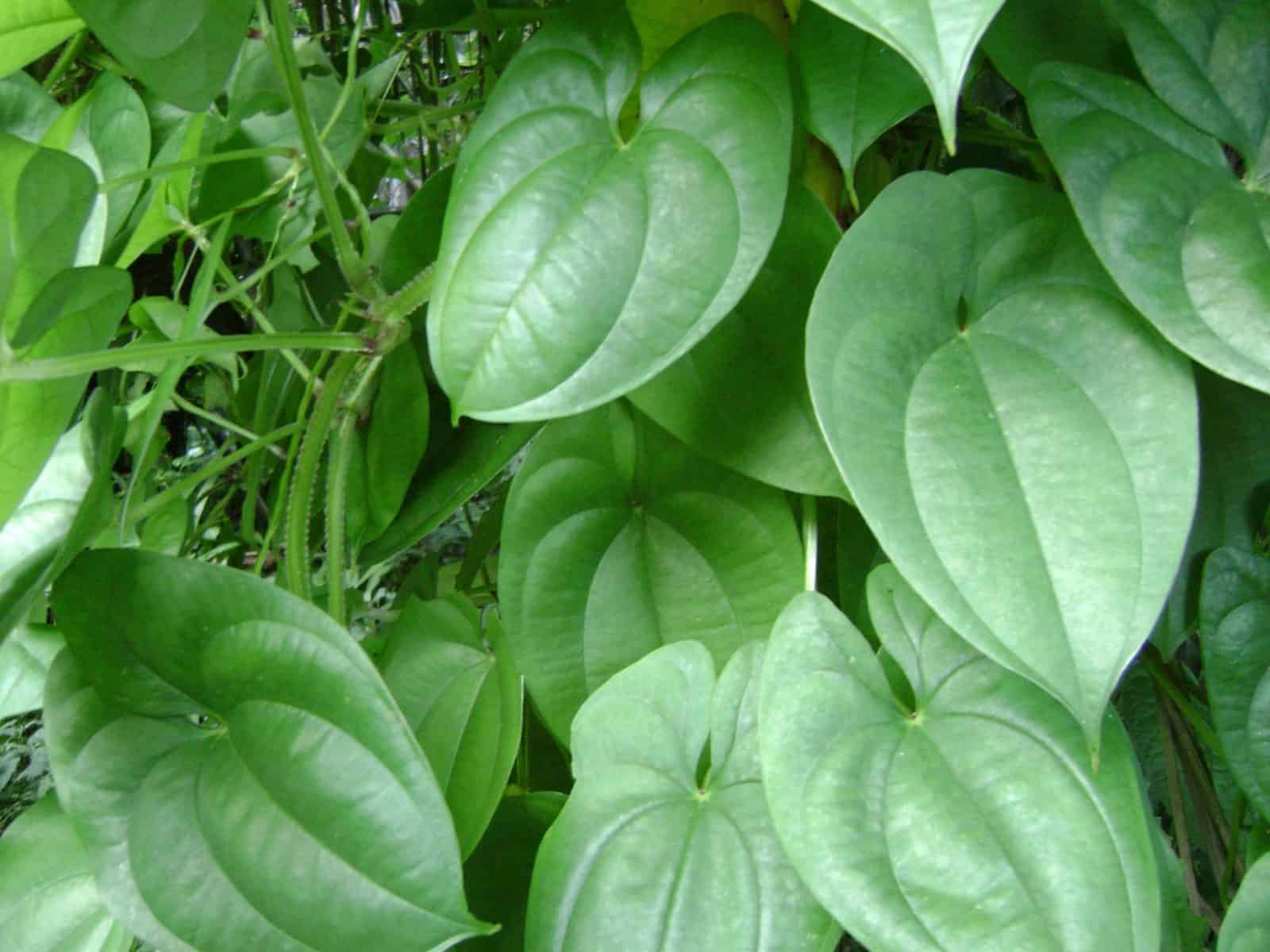
- Where? In constant temperatures between 25 and 30 ºC.
- Harvest time? Approximately 6 months after being sown.
- How do we prepare the land? The optimum pH ranges between 5.5 and 6.5. The ideal soil should be loamy and sandy. It does not grow well in clay or compact soils.
- How do we water? Moistening the earth with plenty of water without making a puddle.
- How often do we water? Every third day to keep the soil moist.
- How do we sow? Burying the rhizomes horizontally to a depth of between 3 and 7 cm.
- When do we harvest? When the aerial parts begin to wilt.
- Diseases and pests? They are very resistant to diseases, however, they can be affected by pests such as nematodes.
The diamond yam is a variety of yam that is highly resistant to anthracnose » target=»_blank» rel=»noopener noreferrer»> anthracnose.
It was cultivated mainly to combat the problems caused by this disease and that affected the Creole yam crops, generating quite significant losses in the crops.
Diamond yam became a cheaper option. However, one of its most well-known disadvantages is that it lacks the particular flavor that the Creole yam or hawthorn yam possesses. This makes it more widely used to produce flour or starch.
It is a type of tuber, like potato or ginger.
What do we need to plant diamond yam?
When should it be sown?
It is recommended to sow betweenApril and June.
Where do we plant the diamond yam? The temperature and the light
It is a tropical plant that proliferates with heat, and does not resist frost.
demands8 hours of direct sunlight.
The ideal temperature is between 25 and 30 ºC constant.
How often should it be watered?
It requires constant humidity, but care must be taken that the soil has good drainage to avoid root suffocation.
It is recommended to water every three daysto keep the soil moist. During the hottest seasons it can be watered daily.
How do we prepare the land?
The ideal soil should be loamy and sandy, with good drainage, ventilation and sufficient organic matter.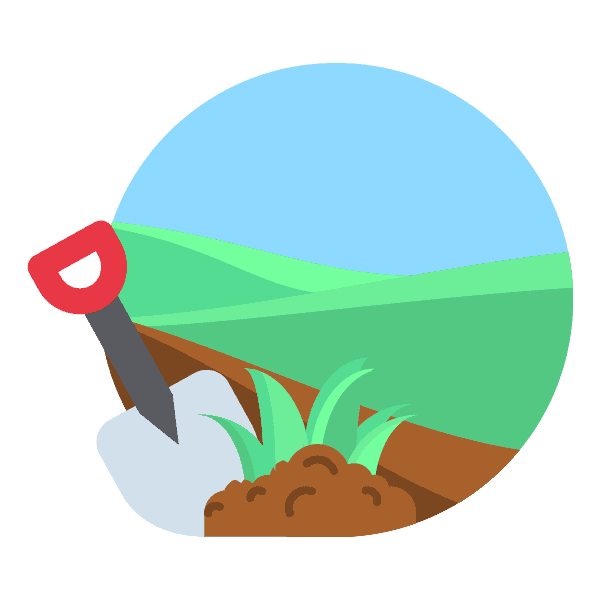
It does not grow well in clay or compact soils.
The optimum pH ranges between 5.5 and 6.5.
How to plant diamond yam step by step
Acquire a diamond variety yam rhizome
To grow diamond yam, you only need to make a cutting from the root of a plant. You can easily buy this at horticultural stores, nurseries or seed stores.
Clear the ground
It removes weeds and remains of previous crops and all kinds of residues to ensure that your yam receives the correct amount of nutrients.
Prepare the land
 Fertilize the soil with plenty of compost.Moisten the soil before planting diamond yams to improve the quality of the substrate.
Fertilize the soil with plenty of compost.Moisten the soil before planting diamond yams to improve the quality of the substrate.
If you plant in a pot, it is best to fill it with one part of compost and three parts of organic soil.
Put the diamond yam rhizomes into the soil
Bury each piece horizontally at adepth between 3 and 7 cm, ensuring that the part where the cuts were made are facing upwards and the shell downwards.
Then cover them with soil or compost.
water the ground
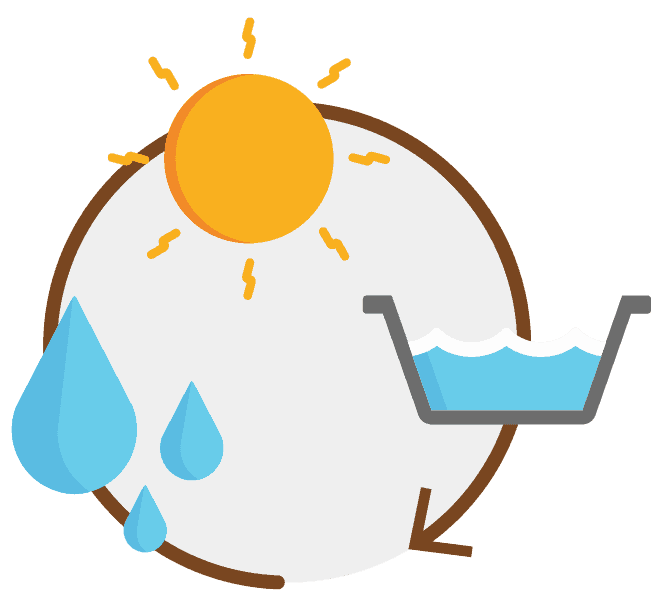 Be sure to wet the soil withabundant water, but avoiding puddles.
Be sure to wet the soil withabundant water, but avoiding puddles.
Check the soil daily and water to keep the soil moist.
Be patient
The yam will germinate between 20 and 25 days after planting.
You will be able to see the first stems at about 5 weeks. Thus begins the latency stage,which lasts between 3 and 4 months. This stage is characterized by the fact that the stem dries up and acquires a brown hue, but other than that, it does not seem to experience any other visible external changes.
How to Harvest Diamond Yams
The diamond yam will be ready for consumption approximately6 months after being sown. The period coincides with the drying of the liana and because the aerial parts begin to wither.
Cut the rhizomes with a sanitized knife. After you have finished cutting, place the rhizomes back in the soil.
Diamond Yam Pests and Diseases
The diamond variety is usually more resistant to diseases and pests. However, it can be affected by some pests, like the Creole variety, mainly nematodes.
To control them, we can plant garlic cloves as a repellent. It is also important to have a crop rotation and fertilize our soil.


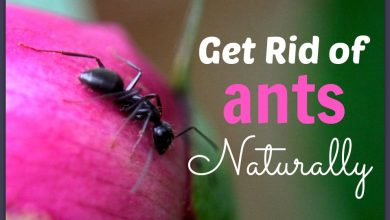

![Photo of Nepenthes: [Cultivation, Irrigation, Care, Pests and Diseases]](https://www.complete-gardening.com/wp-content/uploads/2022/08/nepenthes-cultivation-irrigation-care-pests-and-diseases-390x220.jpg)
